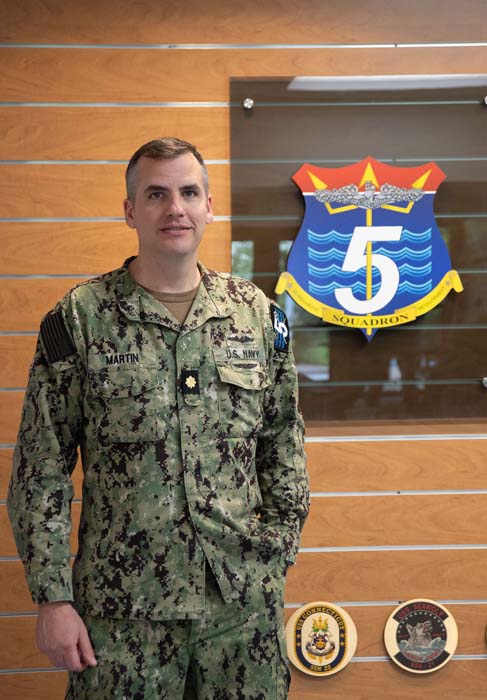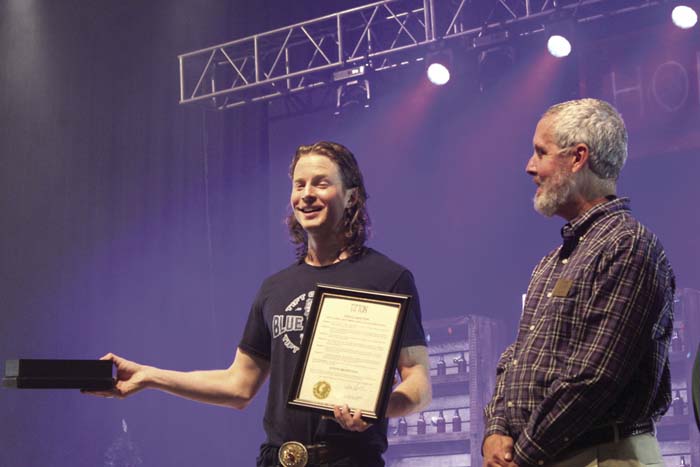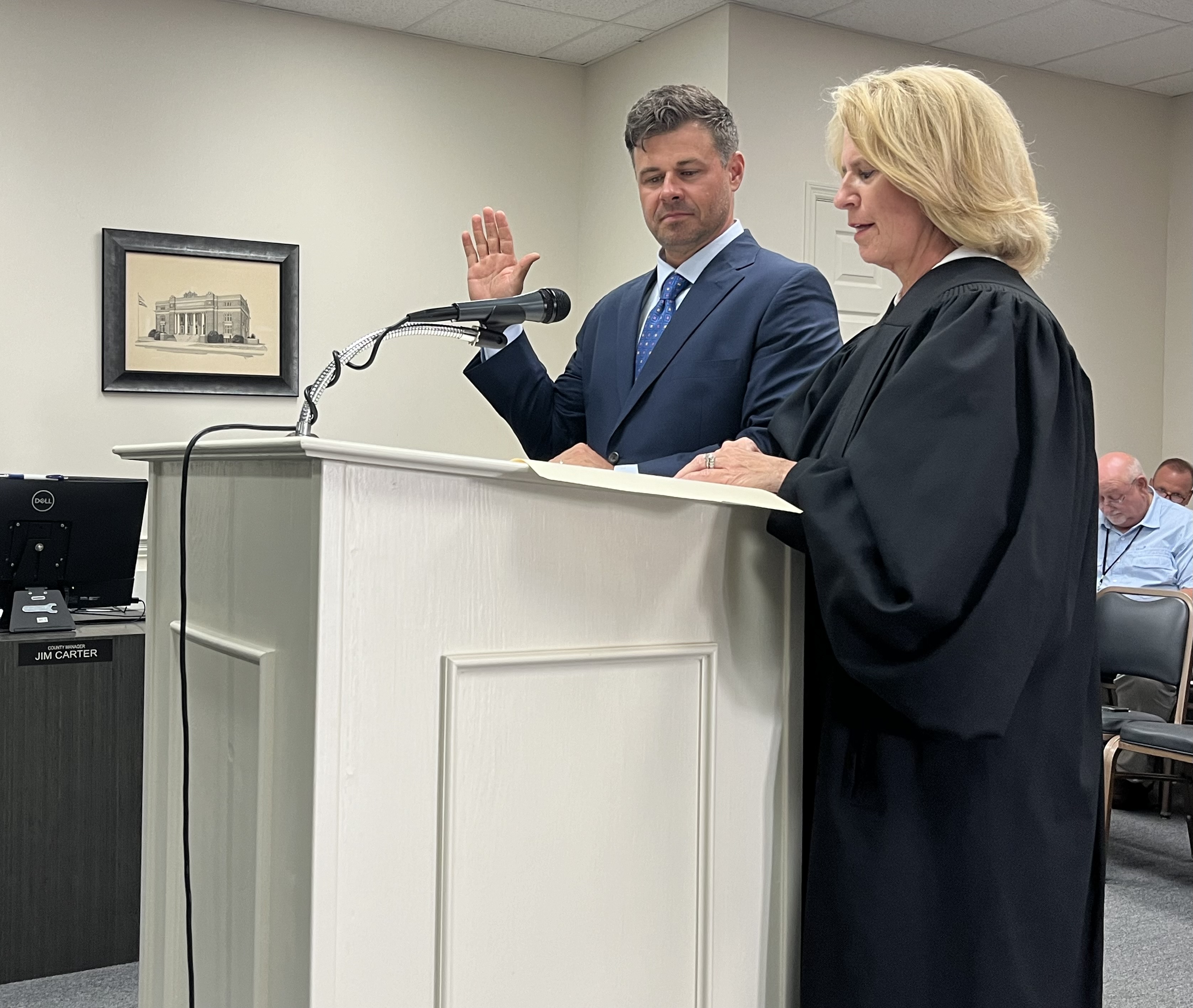Fitzgerald native serves as a member of U.S. Navy’s submarine force
Published 12:00 pm Thursday, June 27, 2024

- Lt. Cmdr. Josh Martin, a Fitzgerald native, serves in Submarine Development Squadron 5 at Naval Base Kitsap in Bangor, Washington.
BANGOR, Wash. — Lt. Cmdr. Josh Martin, a native of Fitzgerald, Georgia, serves the U.S. Navy assigned to Commander, Submarine Development Squadron 5 at Naval Base Kitsap, homeport of West Coast ballistic-missile and guided-missile submarines.
Martin graduated from Fitzgerald High School in 2001.
Trending
The skills and values needed to succeed in the Navy are similar to those found in Fitzgerald.
“I’m from a small town where everyone knows everyone,” said Martin. “The Navy, and especially the submarine force, has the same hometown feel to me, making my transition much easier.”
Martin joined the Navy 21 years ago. Today, he serves as a supply officer.
“I joined the Navy because college didn’t work out quite the way I wanted and I saw it as an opportunity for a fresh start,” said Martin. “The Navy also offered a lot of benefits that would make me be better and help me grow up.”
Known as America’s “Apex Predators,” the Navy’s submarine force operates a large fleet of technically advanced vessels. These submarines are capable of conducting rapid defensive and offensive operations around the world, in furtherance of U.S. national security. A major component of that maritime security is homeported at Naval Base Kitsap, in Washington.
There are three basic types of submarines: fast-attack submarines (SSN), ballistic-missile submarines (SSBN) and guided-missile submarines (SSGN).
Trending
Fast-attack submarines are designed to hunt down and destroy enemy submarines and surface ships; strike targets ashore with cruise missiles; carry and deliver Navy SEALs; conduct intelligence, surveillance, and reconnaissance missions; and engage in mine warfare. The Virginia-class SSN is the most advanced submarine in the world today. It combines stealth and payload capability to meet combatant commanders’ demands in this era of strategic competition.
The Navy’s ballistic-missile submarines, often referred to as “boomers,” serve as a strategic deterrent by providing an undetectable platform for submarine-launched ballistic missiles. SSBNs are designed specifically for stealth, extended patrols and the precise delivery of missiles. The Columbia-class SSBN will be the largest, most capable and most advanced submarine produced by the U.S. – replacing the current Ohio-class ballistic-missile submarines to ensure continuous sea-based strategic deterrence into the 2080s.
Guided-missile submarines provide the Navy with unprecedented strike and special operation mission capabilities from a stealthy, clandestine platform. Each SSGN is capable of carrying 154 Tomahawk cruise missiles, plus a complement of heavyweight torpedoes to be fired through four torpedo tubes.
As a member of the submarine force, Martin is part of a rich 124-year history, and he has many opportunities to achieve accomplishments during military service.
“My proudest accomplishment is successfully leading multiple high-performing teams through a record-setting 353-day deployment aboard USS Nimitz,” said Martin. “I was proud to see how well the sailors worked and accomplished things during that time. Seeing my team grow and succeed has given me the greatest satisfaction in the military because any little part I had in helping them makes me feel good.”
Martin can take pride in serving America through military service.
“Serving in the Navy has afforded me many opportunities to see the world, meet new people and experience things I otherwise would not get to,” said Martin. “It has also provided for my family and allows me to be a part of something bigger than myself.”
Martin is grateful to others for helping make a Navy career possible.
“I want to thank all my friends and family for supporting me throughout my career,” added Martin. “Having their support and encouragement makes what I am doing matter and it means the world to me.”





